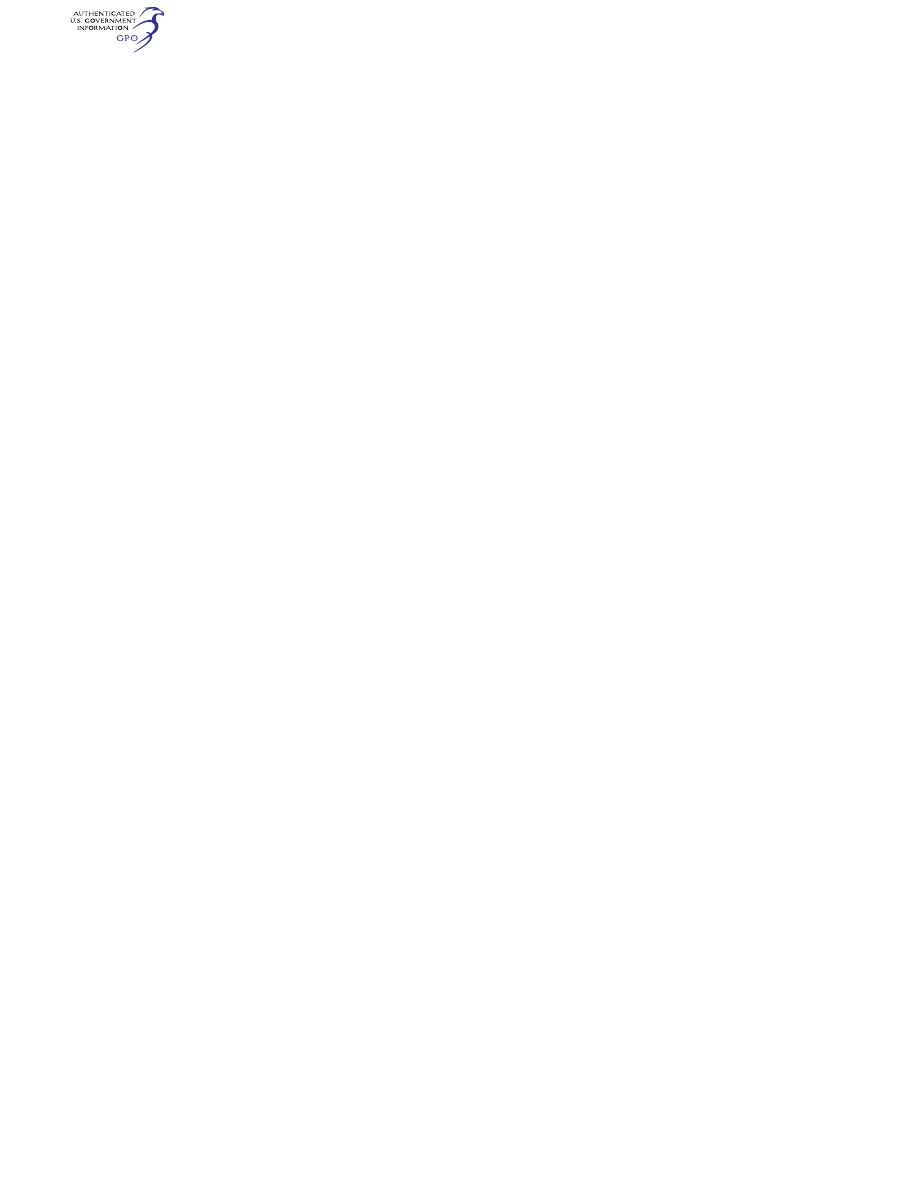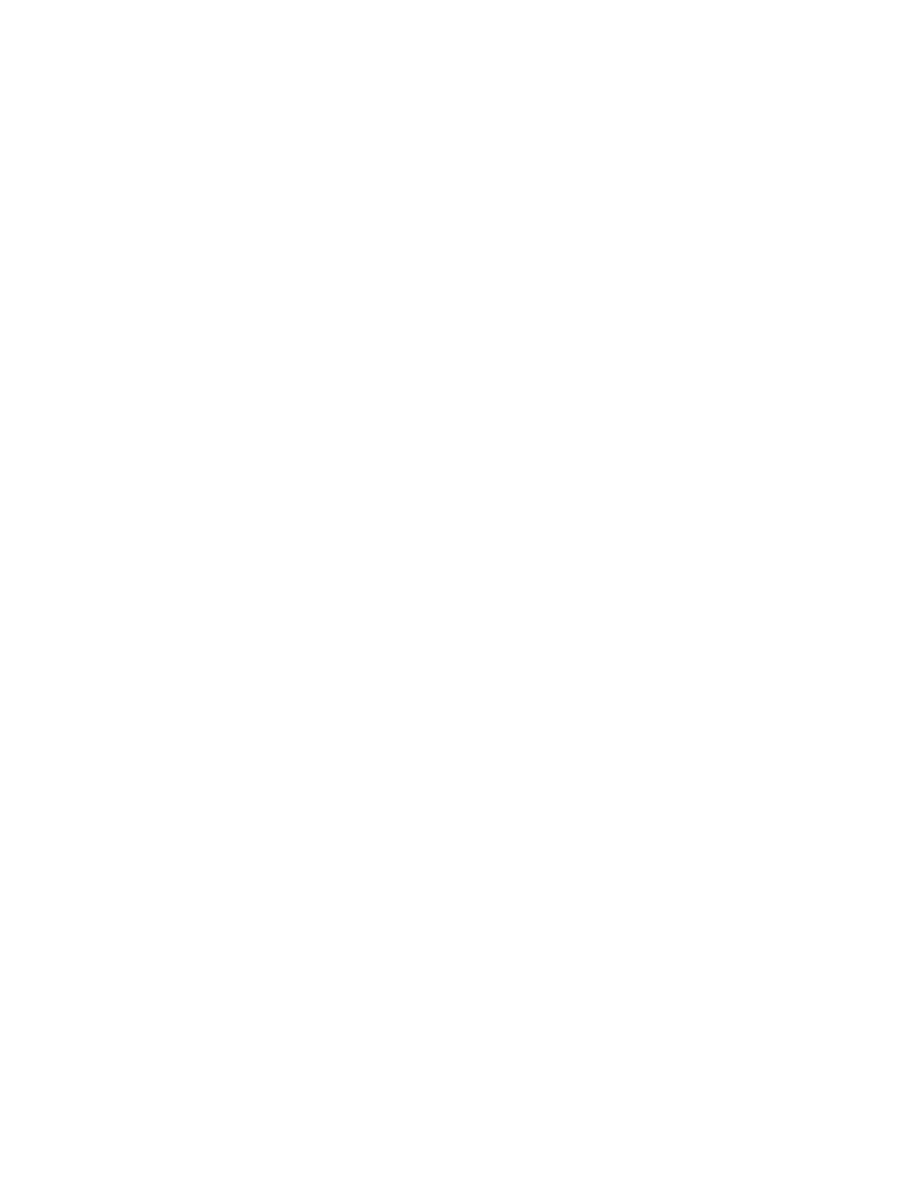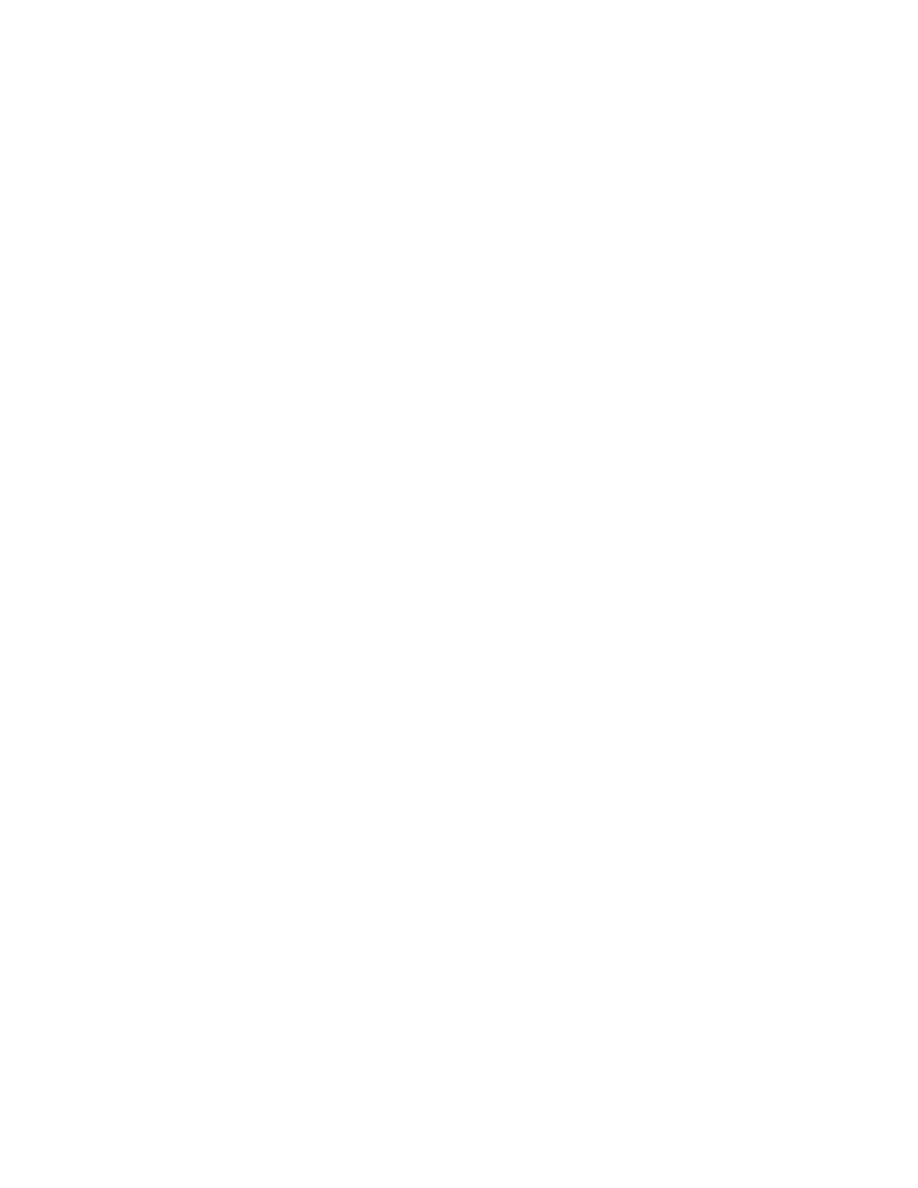
722
14 CFR Ch. I (1–1–24 Edition)
§ 91.209
(11) On and after January 1, 2004, air-
craft with a maximum payload capac-
ity of more than 18,000 pounds when
used in air transportation.
[Doc. No. 18334, 54 FR 34304, Aug. 18, 1989, as
amended by Amdt. 91–242, 59 FR 32057, June
21, 1994; 59 FR 34578, July 6, 1994; Amdt. 91–
265, 65 FR 81319, Dec. 22, 2000; 66 FR 16316,
Mar. 23, 2001]
§ 91.209
Aircraft lights.
No person may:
(a) During the period from sunset to
sunrise (or, in Alaska, during the pe-
riod a prominent unlighted object can-
not be seen from a distance of 3 statute
miles or the sun is more than 6 degrees
below the horizon)—
(1) Operate an aircraft unless it has
lighted position lights;
(2) Park or move an aircraft in, or in
dangerous proximity to, a night flight
operations area of an airport unless the
aircraft—
(i) Is clearly illuminated;
(ii) Has lighted position lights; or
(iii) is in an area that is marked by
obstruction lights;
(3) Anchor an aircraft unless the air-
craft—
(i) Has lighted anchor lights; or
(ii) Is in an area where anchor lights
are not required on vessels; or
(b) Operate an aircraft that is
equipped with an anticollision light
system, unless it has lighted anti-
collision lights. However, the anti-
collision lights need not be lighted
when the pilot-in-command determines
that, because of operating conditions,
it would be in the interest of safety to
turn the lights off.
[Doc. No. 27806, 61 FR 5171, Feb. 9, 1996]
§ 91.211
Supplemental oxygen.
(a)
General. No person may operate a
civil aircraft of U.S. registry—
(1) At cabin pressure altitudes above
12,500 feet (MSL) up to and including
14,000 feet (MSL) unless the required
minimum flight crew is provided with
and uses supplemental oxygen for that
part of the flight at those altitudes
that is of more than 30 minutes dura-
tion;
(2) At cabin pressure altitudes above
14,000 feet (MSL) unless the required
minimum flight crew is provided with
and uses supplemental oxygen during
the entire flight time at those alti-
tudes; and
(3) At cabin pressure altitudes above
15,000 feet (MSL) unless each occupant
of the aircraft is provided with supple-
mental oxygen.
(b)
Pressurized cabin aircraft. (1) No
person may operate a civil aircraft of
U.S. registry with a pressurized cabin—
(i) At flight altitudes above flight
level 250 unless at least a 10-minute
supply of supplemental oxygen, in addi-
tion to any oxygen required to satisfy
paragraph (a) of this section, is avail-
able for each occupant of the aircraft
for use in the event that a descent is
necessitated by loss of cabin pressur-
ization; and
(ii) At flight altitudes above flight
level 350 unless one pilot at the con-
trols of the airplane is wearing and
using an oxygen mask that is secured
and sealed and that either supplies ox-
ygen at all times or automatically sup-
plies oxygen whenever the cabin pres-
sure altitude of the airplane exceeds
14,000 feet (MSL), except that the one
pilot need not wear and use an oxygen
mask while at or below flight level 410
if there are two pilots at the controls
and each pilot has a quick-donning
type of oxygen mask that can be placed
on the face with one hand from the
ready position within 5 seconds, sup-
plying oxygen and properly secured and
sealed.
(2) Notwithstanding paragraph
(b)(1)(ii) of this section, if for any rea-
son at any time it is necessary for one
pilot to leave the controls of the air-
craft when operating at flight altitudes
above flight level 350, the remaining
pilot at the controls shall put on and
use an oxygen mask until the other
pilot has returned to that crew-
member’s station.
§ 91.213
Inoperative instruments and
equipment.
(a) Except as provided in paragraph
(d) of this section, no person may take
off an aircraft with inoperative instru-
ments or equipment installed unless
the following conditions are met:
(1) An approved Minimum Equipment
List exists for that aircraft.
VerDate Sep<11>2014
14:00 Mar 14, 2024
Jkt 262047
PO 00000
Frm 00732
Fmt 8010
Sfmt 8010
Q:\14\14V2.TXT
PC31
aworley on LAPBH6H6L3 with DISTILLER

723
Federal Aviation Administration, DOT
§ 91.213
(2) The aircraft has within it a letter
of authorization, issued by the respon-
sible Flight Standards office, author-
izing operation of the aircraft under
the Minimum Equipment List. The let-
ter of authorization may be obtained
by written request of the airworthiness
certificate holder. The Minimum
Equipment List and the letter of au-
thorization constitute a supplemental
type certificate for the aircraft.
(3) The approved Minimum Equip-
ment List must—
(i) Be prepared in accordance with
the limitations specified in paragraph
(b) of this section; and
(ii) Provide for the operation of the
aircraft with the instruments and
equipment in an inoperable condition.
(4) The aircraft records available to
the pilot must include an entry de-
scribing the inoperable instruments
and equipment.
(5) The aircraft is operated under all
applicable conditions and limitations
contained in the Minimum Equipment
List and the letter authorizing the use
of the list.
(b) The following instruments and
equipment may not be included in a
Minimum Equipment List:
(1) Instruments and equipment that
are either specifically or otherwise re-
quired by the airworthiness require-
ments under which the aircraft is type
certificated and which are essential for
safe operations under all operating
conditions.
(2) Instruments and equipment re-
quired by an airworthiness directive to
be in operable condition unless the air-
worthiness directive provides other-
wise.
(3) Instruments and equipment re-
quired for specific operations by this
part.
(c) A person authorized to use an ap-
proved Minimum Equipment List
issued for a specific aircraft under sub-
part K of this part, part 121, 125, or 135
of this chapter must use that Minimum
Equipment List to comply with the re-
quirements in this section.
(d) Except for operations conducted
in accordance with paragraph (a) or (c)
of this section, a person may takeoff an
aircraft in operations conducted under
this part with inoperative instruments
and equipment without an approved
Minimum Equipment List provided—
(1) The flight operation is conducted
in a—
(i) Rotorcraft, non-turbine-powered
airplane, glider, lighter-than-air air-
craft, powered parachute, or weight-
shift-control aircraft, for which a mas-
ter minimum equipment list has not
been developed; or
(ii) Small rotorcraft, nonturbine-
powered small airplane, glider, or
lighter-than-air aircraft for which a
Master Minimum Equipment List has
been developed; and
(2) The inoperative instruments and
equipment are not—
(i) Part of the VFR-day type certifi-
cation instruments and equipment pre-
scribed in the applicable airworthiness
regulations under which the aircraft
was type certificated;
(ii) Indicated as required on the air-
craft’s equipment list, or on the Kinds
of Operations Equipment List for the
kind of flight operation being con-
ducted;
(iii) Required by § 91.205 or any other
rule of this part for the specific kind of
flight operation being conducted; or
(iv) Required to be operational by an
airworthiness directive; and
(3) The inoperative instruments and
equipment are—
(i) Removed from the aircraft, the
cockpit control placarded, and the
maintenance recorded in accordance
with § 43.9 of this chapter; or
(ii) Deactivated and placarded ‘‘In-
operative.’’ If deactivation of the inop-
erative instrument or equipment in-
volves maintenance, it must be accom-
plished and recorded in accordance
with part 43 of this chapter; and
(4) A determination is made by a
pilot, who is certificated and appro-
priately rated under part 61 of this
chapter, or by a person, who is certifi-
cated and appropriately rated to per-
form maintenance on the aircraft, that
the inoperative instrument or equip-
ment does not constitute a hazard to
the aircraft.
An aircraft with inoperative instru-
ments or equipment as provided in
paragraph (d) of this section is consid-
ered to be in a properly altered condi-
tion acceptable to the Administrator.
VerDate Sep<11>2014
14:00 Mar 14, 2024
Jkt 262047
PO 00000
Frm 00733
Fmt 8010
Sfmt 8010
Q:\14\14V2.TXT
PC31
aworley on LAPBH6H6L3 with DISTILLER

724
14 CFR Ch. I (1–1–24 Edition)
§ 91.215
(e) Notwithstanding any other provi-
sion of this section, an aircraft with in-
operable instruments or equipment
may be operated under a special flight
permit issued in accordance with
§§ 21.197 and 21.199 of this chapter.
[Doc. No. 18334, 54 FR 34304, Aug. 18, 1989, as
amended by Amdt. 91–280, 68 FR 54560, Sept.
17, 2003; Amdt. 91–282, 69 FR 44880, July 27,
2004; Docket FAA–2018–0119, Amdt. 91–350, 83
FR 9171, Mar. 5, 2018]
§ 91.215
ATC transponder and altitude
reporting equipment and use.
(a)
All airspace: U.S.-registered civil
aircraft. For operations not conducted
under part 121 or 135 of this chapter,
ATC transponder equipment installed
must meet the performance and envi-
ronmental requirements of any class of
TSO-C74b (Mode A) or any class of
TSO-C74c (Mode A with altitude report-
ing capability) as appropriate, or the
appropriate class of TSO-C112 (Mode S).
(b)
All airspace. Unless otherwise au-
thorized or directed by ATC, and ex-
cept as provided in paragraph (e)(1) of
this section, no person may operate an
aircraft in the airspace described in
paragraphs (b)(1) through (5) of this
section, unless that aircraft is equipped
with an operable coded radar beacon
transponder having either Mode A 4096
code capability, replying to Mode A in-
terrogations with the code specified by
ATC, or a Mode S capability, replying
to Mode A interrogations with the code
specified by ATC and Mode S interroga-
tions in accordance with the applicable
provisions specified in TSO–C112, and
that aircraft is equipped with auto-
matic pressure altitude reporting
equipment having a Mode C capability
that automatically replies to Mode C
interrogations by transmitting pres-
sure altitude information in 100-foot
increments. The requirements of this
paragraph (b) apply to—
(1)
All aircraft. In Class A, Class B,
and Class C airspace areas;
(2)
All aircraft. In all airspace within
30 nautical miles of an airport listed in
appendix D, section 1 of this part from
the surface upward to 10,000 feet MSL;
(3) Notwithstanding paragraph (b)(2)
of this section, any aircraft which was
not originally certificated with an en-
gine-driven electrical system or which
has not subsequently been certified
with such a system installed, balloon
or glider may conduct operations in
the airspace within 30 nautical miles of
an airport listed in appendix D, section
1 of this part provided such operations
are conducted—
(i) Outside any Class A, Class B, or
Class C airspace area; and
(ii) Below the altitude of the ceiling
of a Class B or Class C airspace area
designated for an airport or 10,000 feet
MSL, whichever is lower; and
(4) All aircraft in all airspace above
the ceiling and within the lateral
boundaries of a Class B or Class C air-
space area designated for an airport up-
ward to 10,000 feet MSL; and
(5) All aircraft except any aircraft
which was not originally certificated
with an engine-driven electrical sys-
tem or which has not subsequently
been certified with such a system in-
stalled, balloon, or glider—
(i) In all airspace of the 48 contiguous
states and the District of Columbia at
and above 10,000 feet MSL, excluding
the airspace at and below 2,500 feet
above the surface; and
(ii) In the airspace from the surface
to 10,000 feet MSL within a 10-nautical-
mile radius of any airport listed in ap-
pendix D, section 2 of this part, exclud-
ing the airspace below 1,200 feet outside
of the lateral boundaries of the surface
area of the airspace designated for that
airport.
(c)
Transponder-on operation. Except
as provided in paragraph (e)(2) of this
section, while in the airspace as speci-
fied in paragraph (b) of this section or
in all controlled airspace, each person
operating an aircraft equipped with an
operable ATC transponder maintained
in accordance with § 91.413 shall operate
the transponder, including Mode C
equipment if installed, and shall reply
on the appropriate code or as assigned
by ATC, unless otherwise directed by
ATC when transmitting would jeop-
ardize the safe execution of air traffic
control functions.
(d)
ATC authorized deviations. Re-
quests for ATC authorized deviations
must be made to the ATC facility hav-
ing jurisdiction over the concerned air-
space within the time periods specified
as follows:
(1) For operation of an aircraft with
an operating transponder but without
VerDate Sep<11>2014
14:00 Mar 14, 2024
Jkt 262047
PO 00000
Frm 00734
Fmt 8010
Sfmt 8010
Q:\14\14V2.TXT
PC31
aworley on LAPBH6H6L3 with DISTILLER


